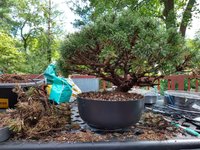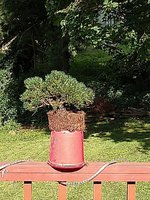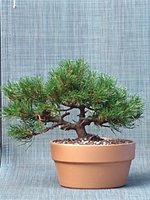Julio-Rufo
Mame
Since I started doing bonsai in the early 2000s, I have always repoted my trees late winter or early spring, apart from some specific species like Olive and wild Olive.
As you all know, specifically about Mugo pines (and other species) there are two streams when it’s about repoting them:
-Late winter/early spring repot: right when the buds start to move and show some green tones. This timing is the the one recommended by professionals like Ryan Neil.
-Summer: once they have hardened. This timing is preferred and recommended by Vance Wood among others.
These two references come from bonsai artists based in United States my question is now directed to European practitioners (I am based in Basel, Switzerland):
When do you repot your Mugo pines especially when certain root reduction is required?
It is curious to see than even when some of the best Mugo pines in bonsai are in Europe, the amount and quality of information about them is not so good here.
Julio
As you all know, specifically about Mugo pines (and other species) there are two streams when it’s about repoting them:
-Late winter/early spring repot: right when the buds start to move and show some green tones. This timing is the the one recommended by professionals like Ryan Neil.
-Summer: once they have hardened. This timing is preferred and recommended by Vance Wood among others.
These two references come from bonsai artists based in United States my question is now directed to European practitioners (I am based in Basel, Switzerland):
When do you repot your Mugo pines especially when certain root reduction is required?
It is curious to see than even when some of the best Mugo pines in bonsai are in Europe, the amount and quality of information about them is not so good here.
Julio






